
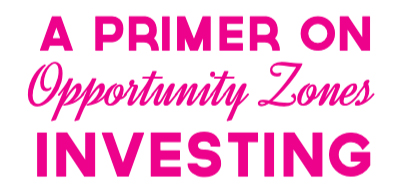
The opportunity zone program was enacted as part of the 2017 Tax Reform with the goal of directing long-term capital investments into underserved rural and urban communities. This program is viewed by many as the most ambitious federal tax incentive program for taxable investors to invest in real estate in decades. With an estimated $6.1 trillion of unrealized capital gains, the program uses a free-market approach to create economic resurgence and job creation in the low income and blighted communities.
Qualified opportunity zones are “economically distressed communities where new investments may be eligible for preferential tax treatment.” To qualify as an opportunity zone, a locality had to be nominated for the designation by its state governor and certified by Treasury. Treasury certified 8,764 census tracks in the 50 states, District of Columbia, and five possessions, including the entire island of Puerto Rico.

 Login
Login





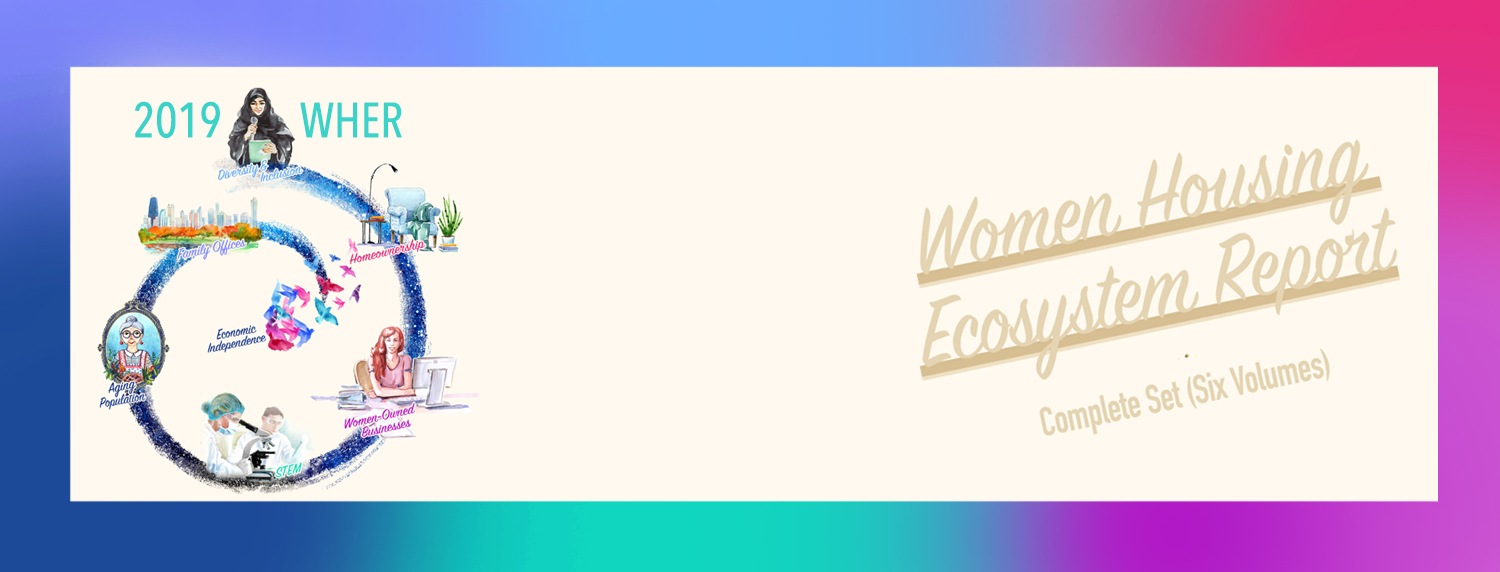












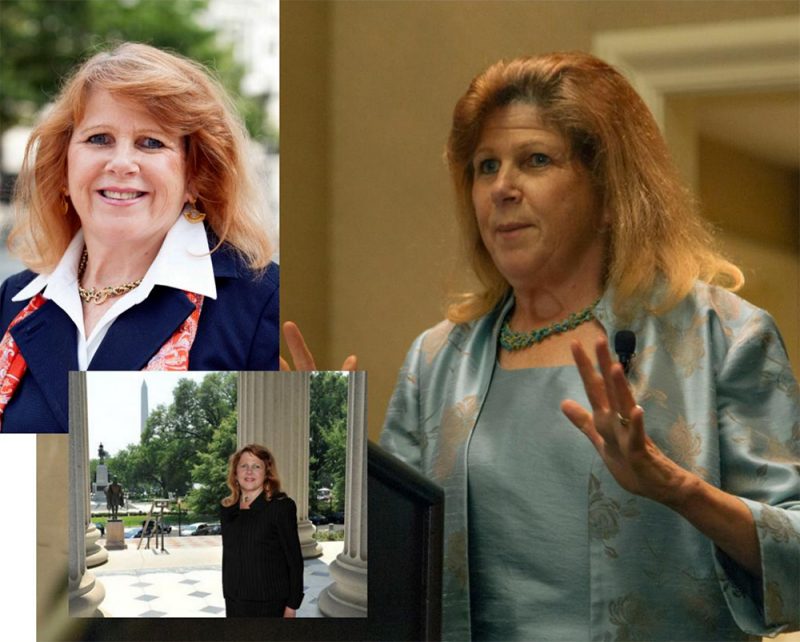

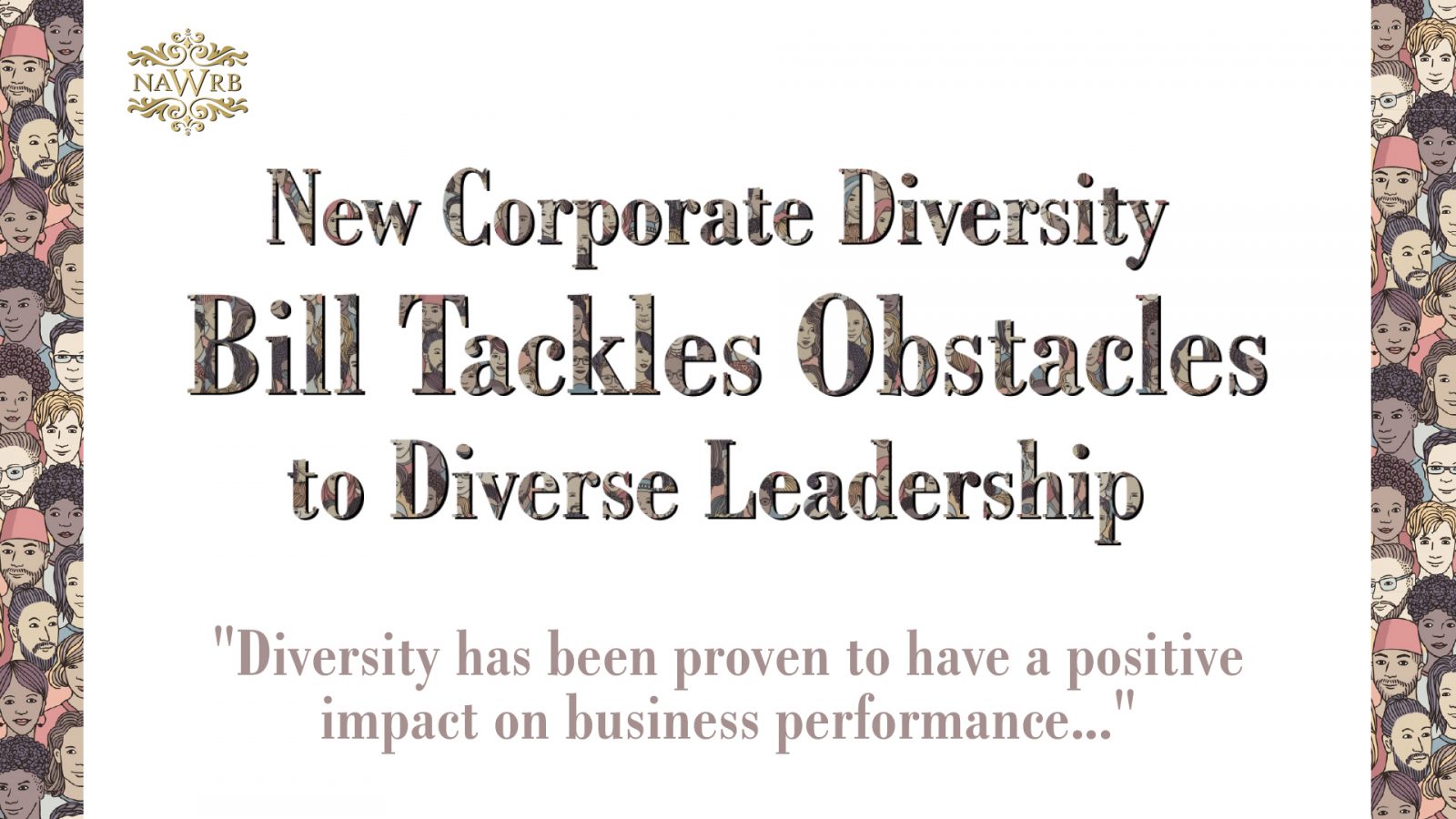
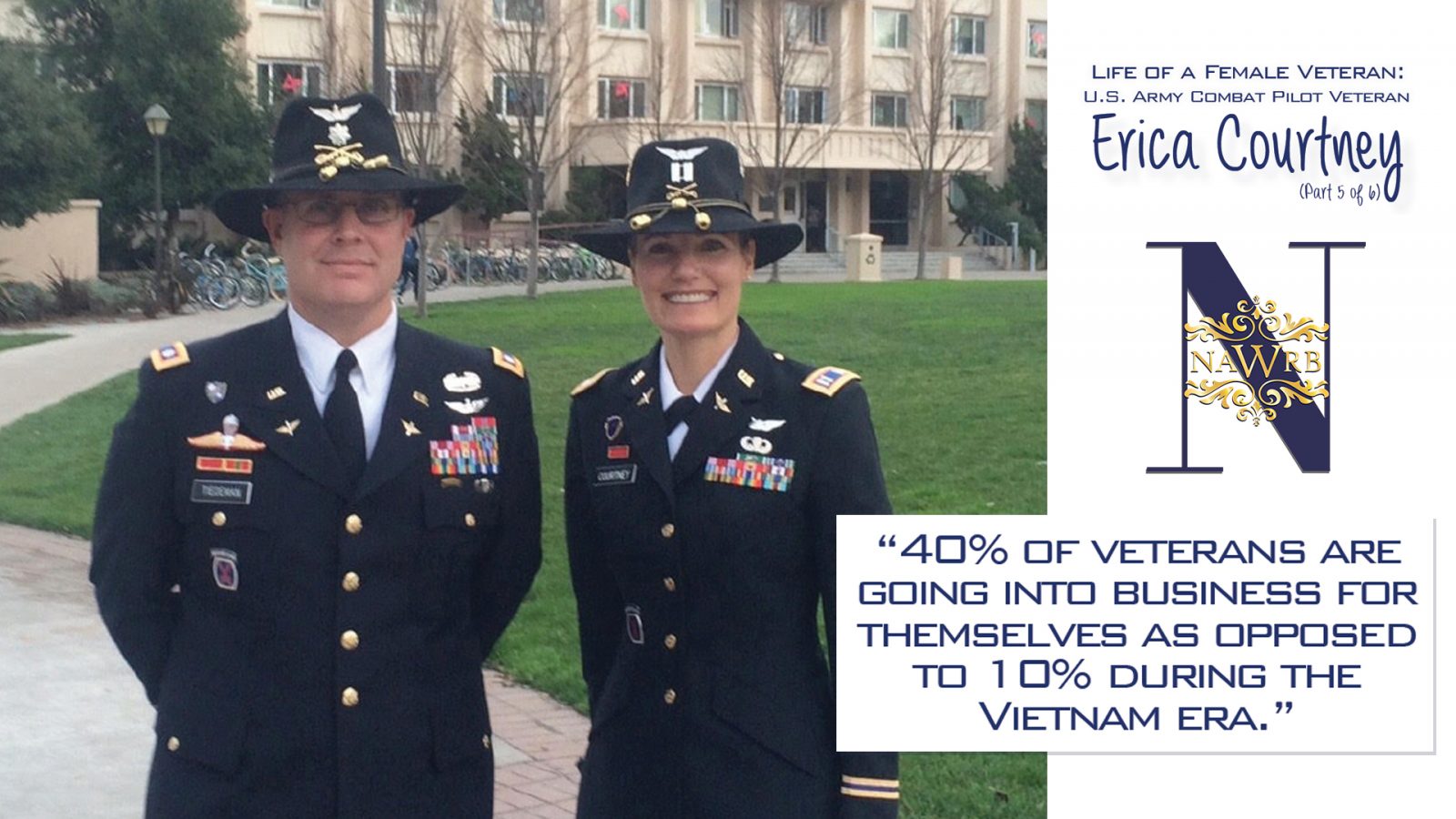

 At the time of this writing, the longest government shutdown in U.S. history ended after 35 days, lasting from Dec. 22, 2018 to Jan. 25, 2019. While the shutdown has ended, there’s always the potential for another as political unrest remains.
At the time of this writing, the longest government shutdown in U.S. history ended after 35 days, lasting from Dec. 22, 2018 to Jan. 25, 2019. While the shutdown has ended, there’s always the potential for another as political unrest remains. According to the 2017 Distressed Communities Index by the Economic Innovation Group, one in six Americans, approximately 17 percent of the population, live in economically-distressed communities, and the average state has 15.2 percent of its population living in these struggling areas.
According to the 2017 Distressed Communities Index by the Economic Innovation Group, one in six Americans, approximately 17 percent of the population, live in economically-distressed communities, and the average state has 15.2 percent of its population living in these struggling areas. In September, California Governor Jerry Brown signed the SB 826 bill into law, a landmark legislation requiring female representation on corporate boards. Specifically, the bill requires that at least one woman be on the board of publicly-held companies in California by year-end 2019. Despite concerns over its potential efficacy, the bill is an important step in diversity and inclusion, as well as for the advancement of women.
In September, California Governor Jerry Brown signed the SB 826 bill into law, a landmark legislation requiring female representation on corporate boards. Specifically, the bill requires that at least one woman be on the board of publicly-held companies in California by year-end 2019. Despite concerns over its potential efficacy, the bill is an important step in diversity and inclusion, as well as for the advancement of women.
